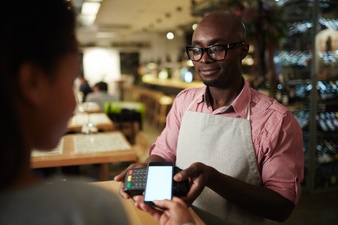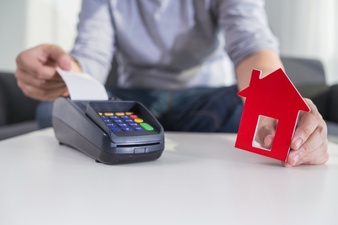Being active on social media is mandatory for businesses today. That is to say, in order to increase customer base, businesses need to be active on social media. Further, they certainly have to increase their social media traffic because this increases their sales. People are active on social media due to the age of social media therefore Social Media Traffic can turn into regular customers.
However just being present on social media is not enough for businesses. Further businesses need to be highly active on these pages as well. Moreover, these pages should have useful information regarding business and customers. Therefore businesses need to provide valuable information to their customers regarding their brand. So businesses need to understand their customers well so that they are able to plan their social media content accordingly.
Generate Social Media Traffic
The Teranoid team has compiled a few essential ways through which retailers and businesses can generate Social Media Traffic and increase sales.
Generate Social Media Traffic by setting Business Website
People take business websites for granted. That is to say, they do not understand the significance of websites. Further people think that the information regarding business and customers can be posted on social media platforms. However, we need to understand that we do need a business website. That is to say, people search for a product online before they visit the store. Therefore a business website is essential because it helps customers find you. So retailers and businesses need to understand that an SEO optimized website helps grow businesses and customer base. Further, these websites are directly linked with social media pages. Therefore the social media traffic, as well as the website traffic, will help grow business.
Generate Social Media Traffic by Setting up Social Media Pages
Certainly one of the most convenient ways to reach out to people is to be able to contact them 24/7. Therefore for this purpose businesses need to have their social media business pages so that they can easily update their customers about their product without spending any money.
“Social media is one area of business where you don’t need to outspend your competitors in order to beat them.”
—Hal Stokes, founder and managing director of Happiour
Consequently, retailers can add necessary news and information regarding their business. So making pages on social media is a very simple task and can be set up in an instant.
Give shopping facility on social media pages
Retailers and businesses can add shop to their social media, most importantly on Facebook and Instagram. This will be very convenient because customers will be able to buy easily after communicating with the concerned business representatives.
Online Business Marketing helps boost Social Media Traffic
Businesses need to keep their social media pages active. That is to say, they need to keep updating their customers because the customers will surely lose interest if the business pages are not active. However, retailers should not overdo posting updates. That is to say, they should only update relevant content. Because people worldwide are active on social media, therefore it is the best way to generate social media traffic by attracting customers towards the store. Further, the posts that will be added should be of value to the customer.
Facebook Ads; Essential for Social Media Traffic
Facebook ads target potential customers. Therefore the greatest thing about these ads is that they are able to find potential customers and drive the traffic towards the business page. So retailers and businesses should make it their aim that they get the ads and decide where they need to run those ads.
Conclusion
To conclude, Social Media Traffic is very essential for businesses, as Krystal Wu, Social Media Community Manager, HubSpot has rightly said,
“Social Media Marketing is about creating content that brings your audience together as a community and inspiring authentic conversations while increasing your brand’s awareness.”









